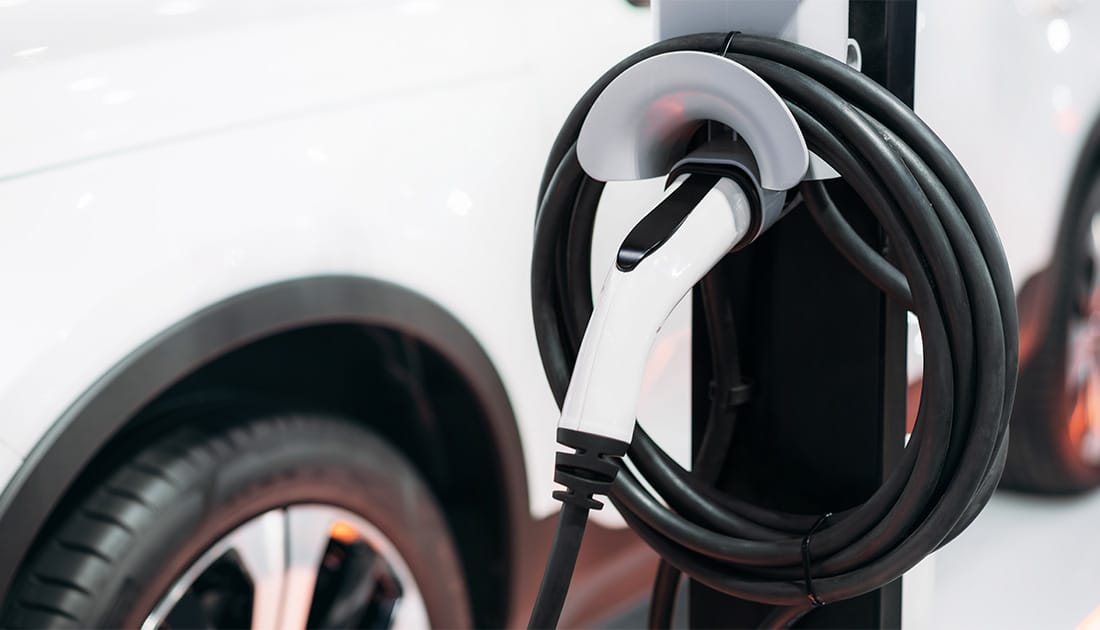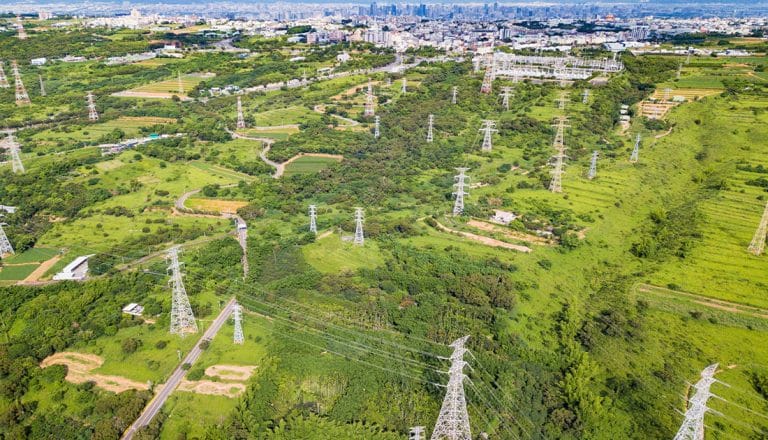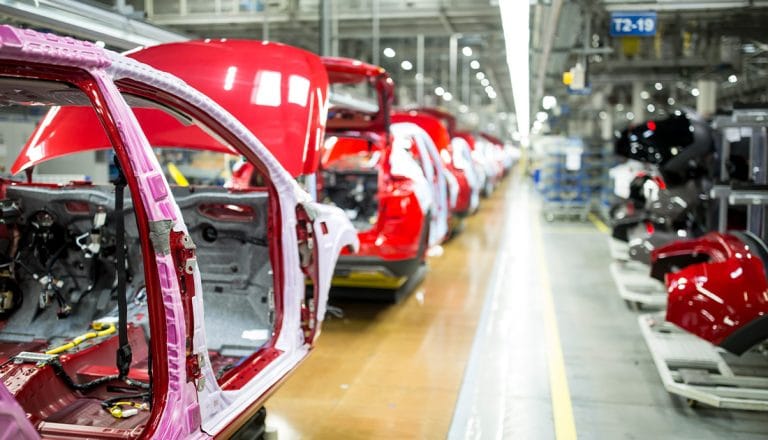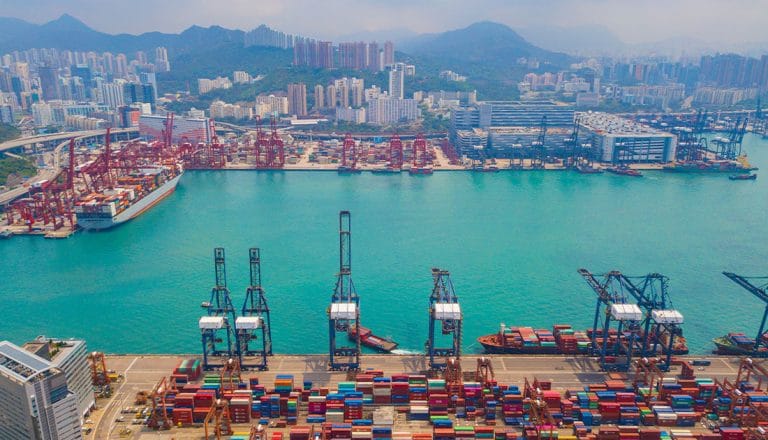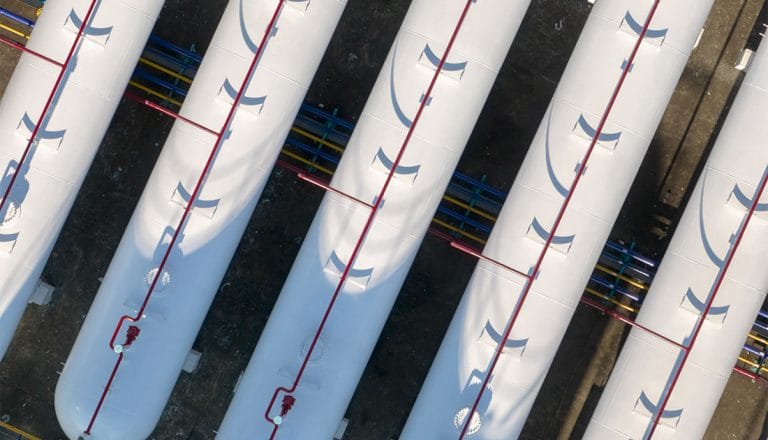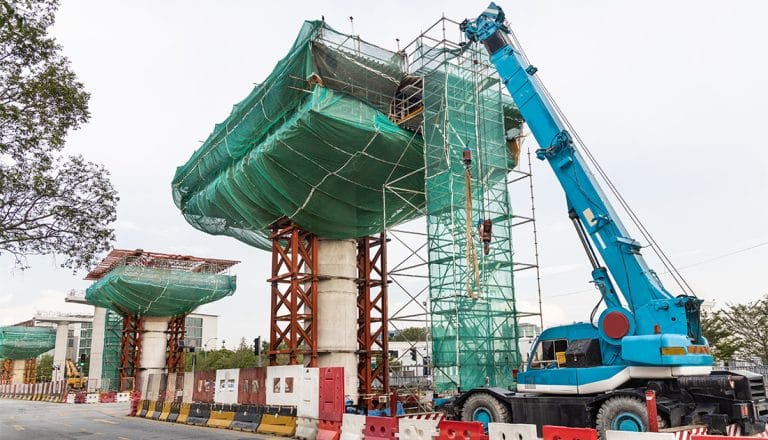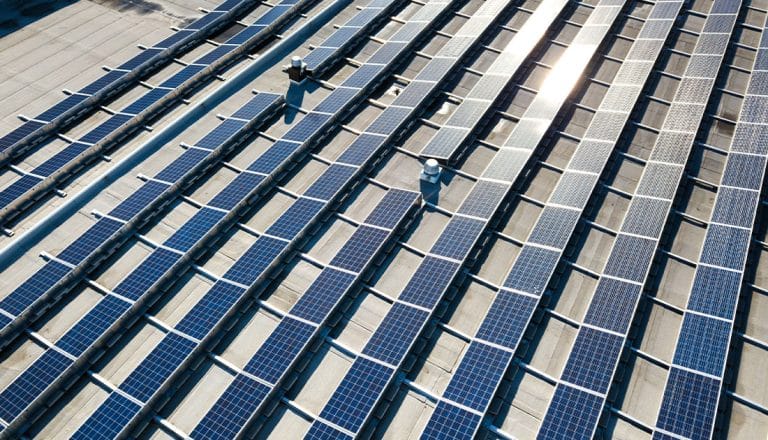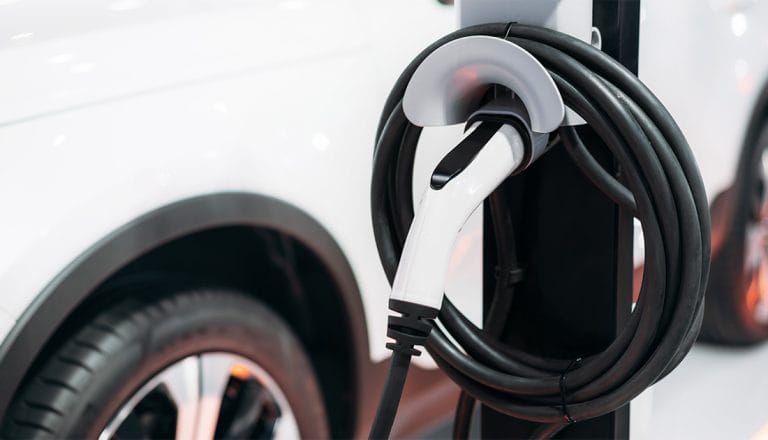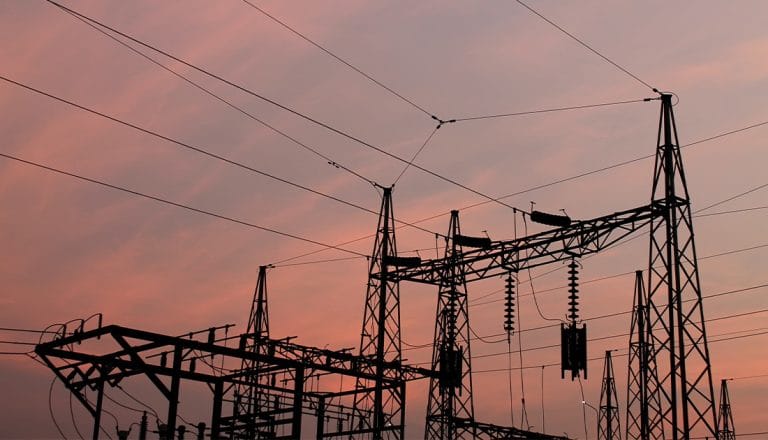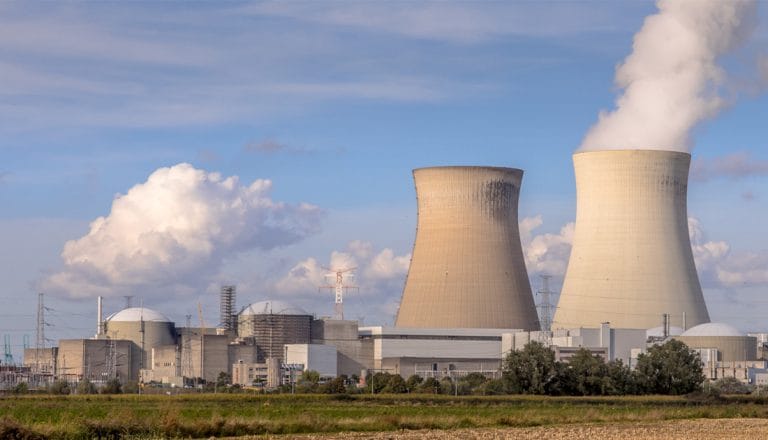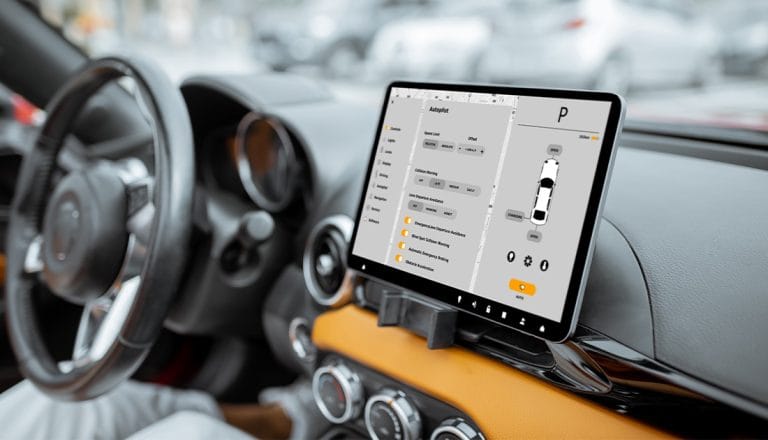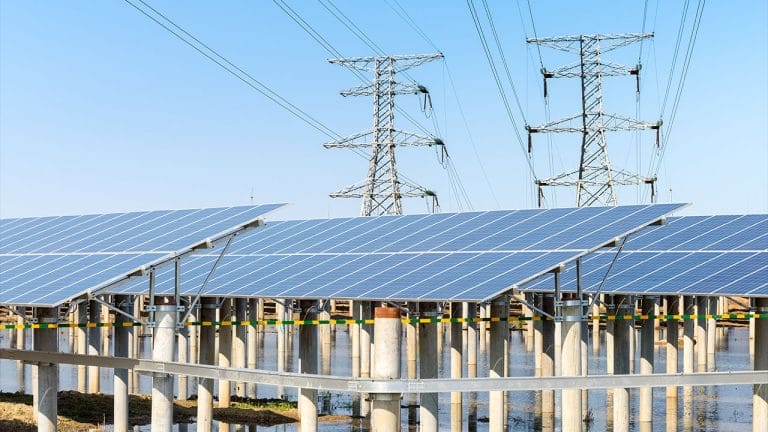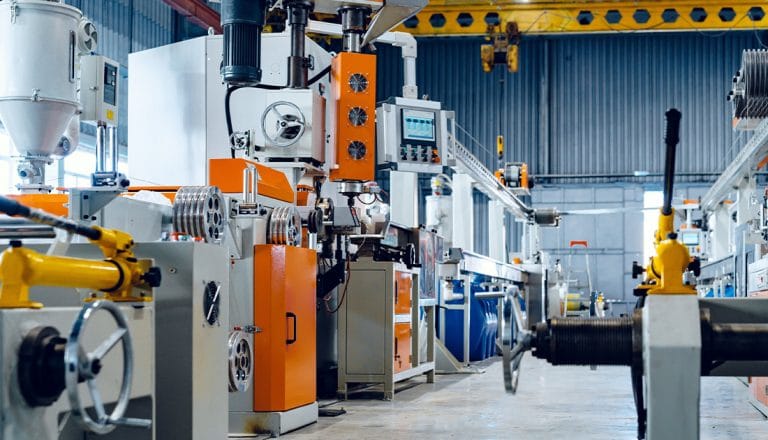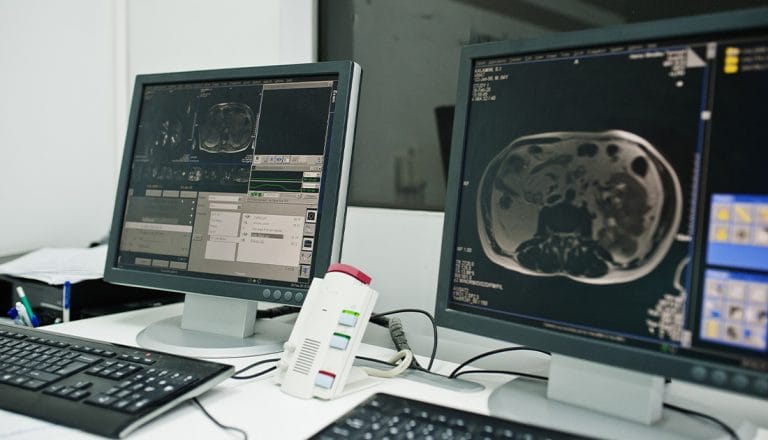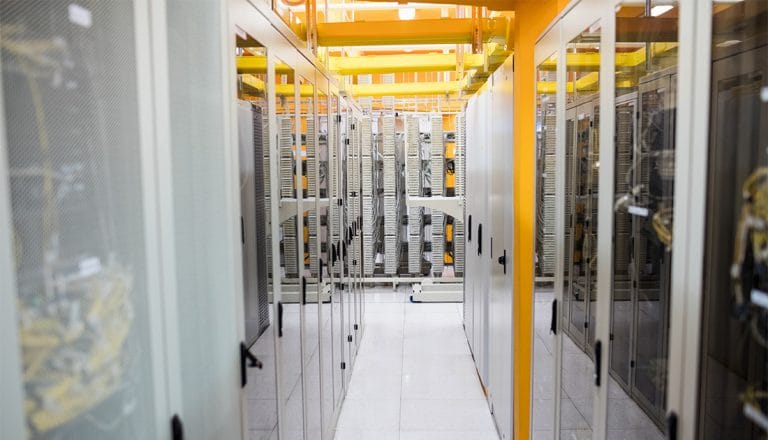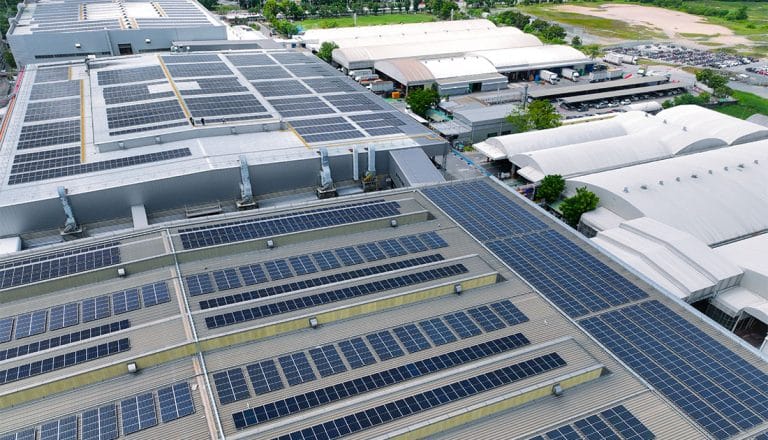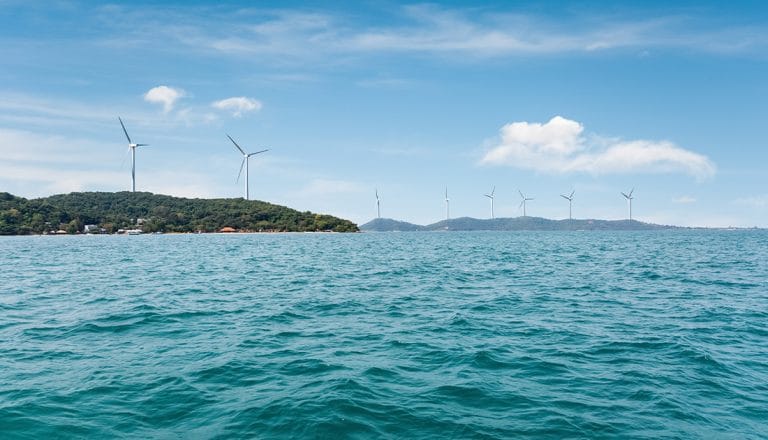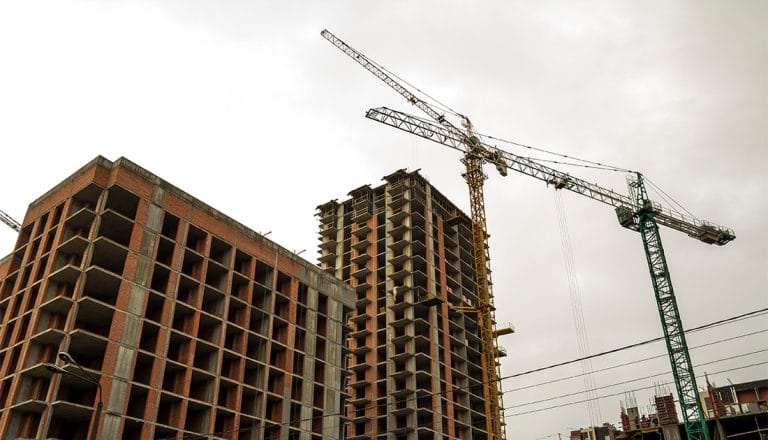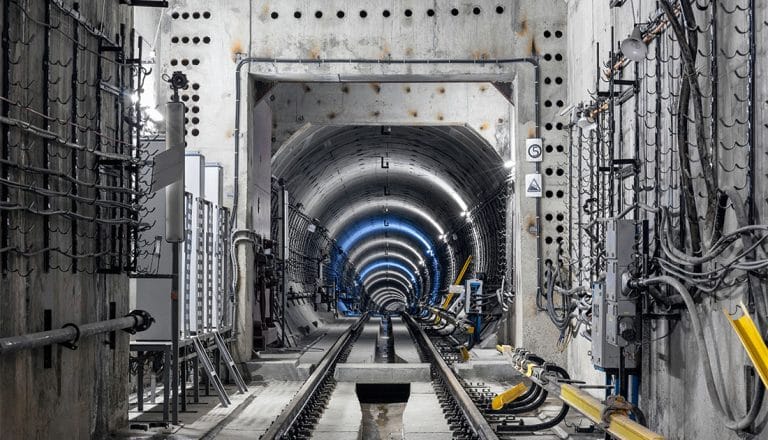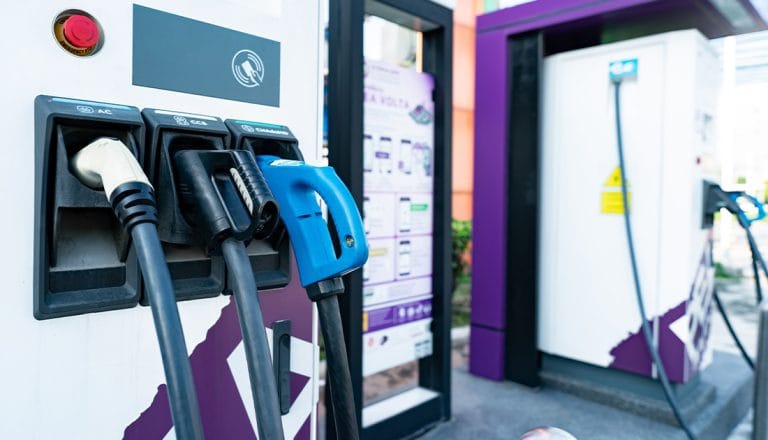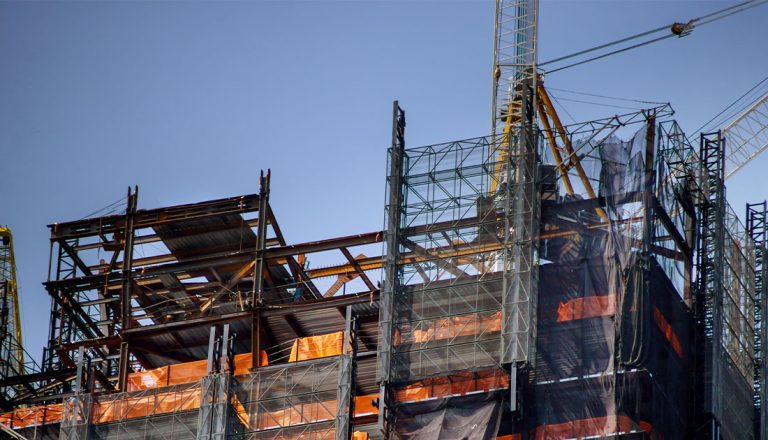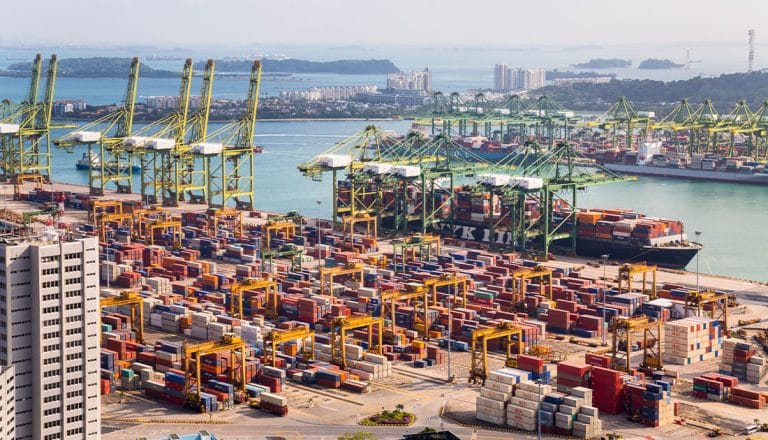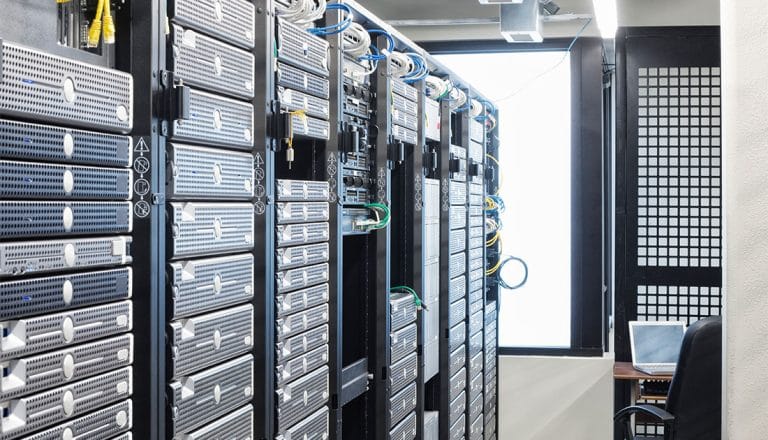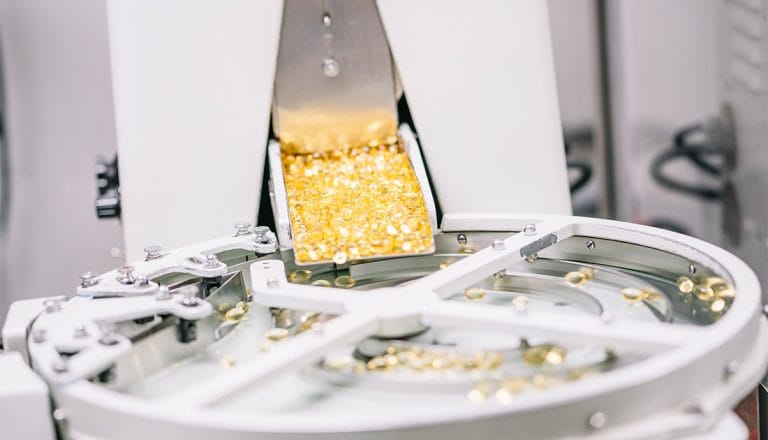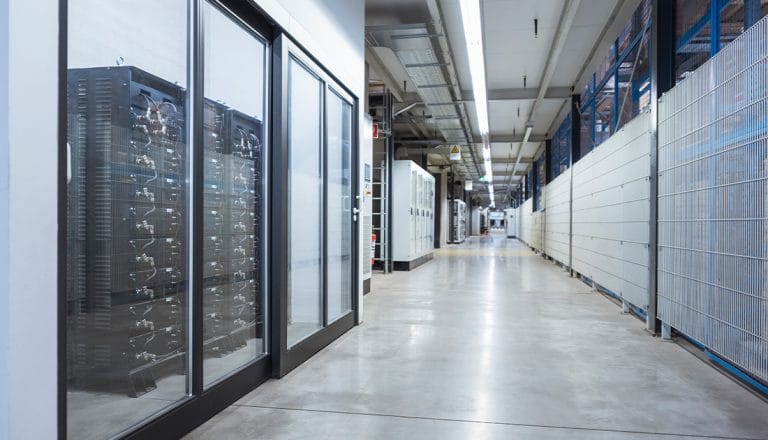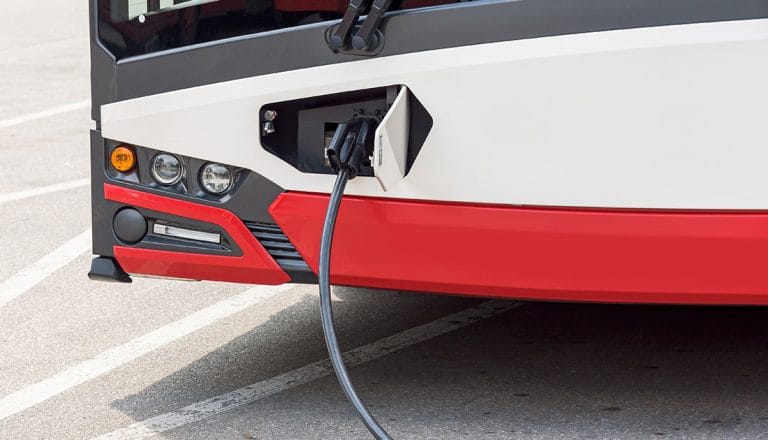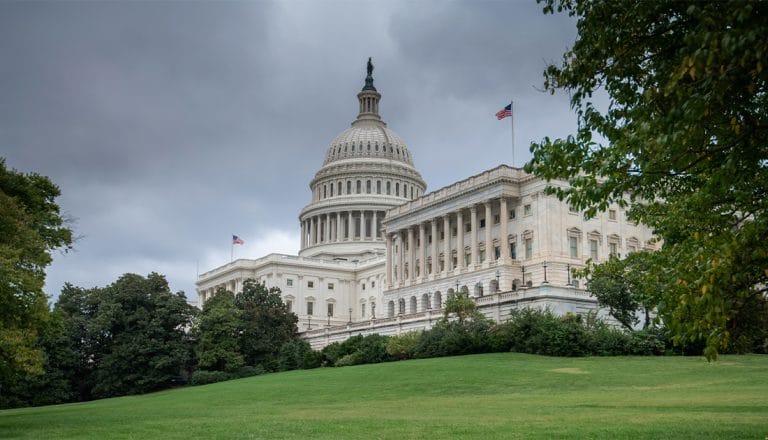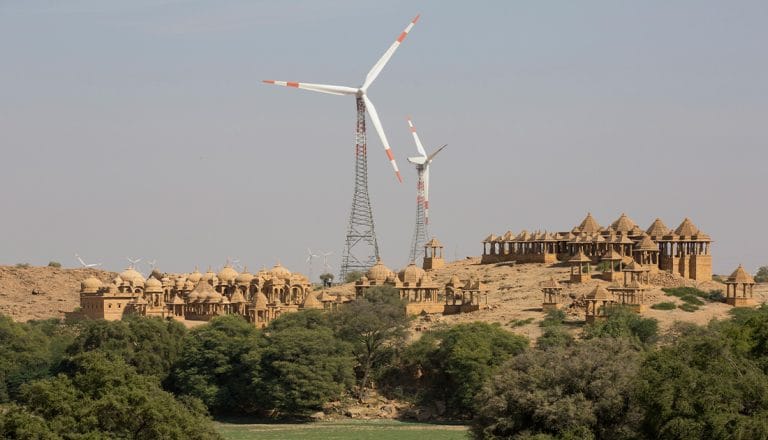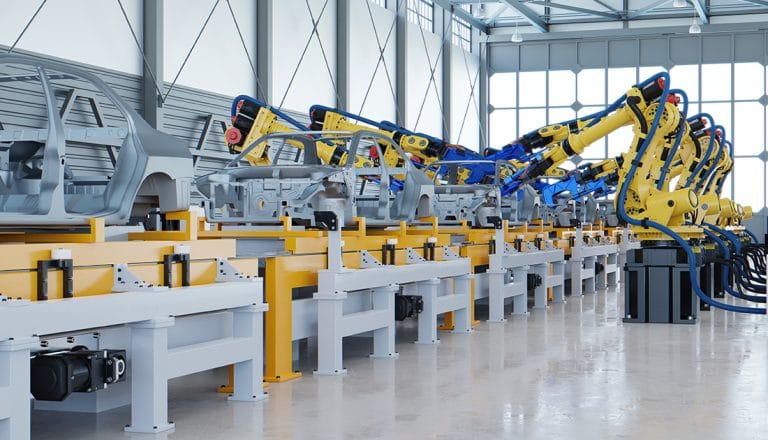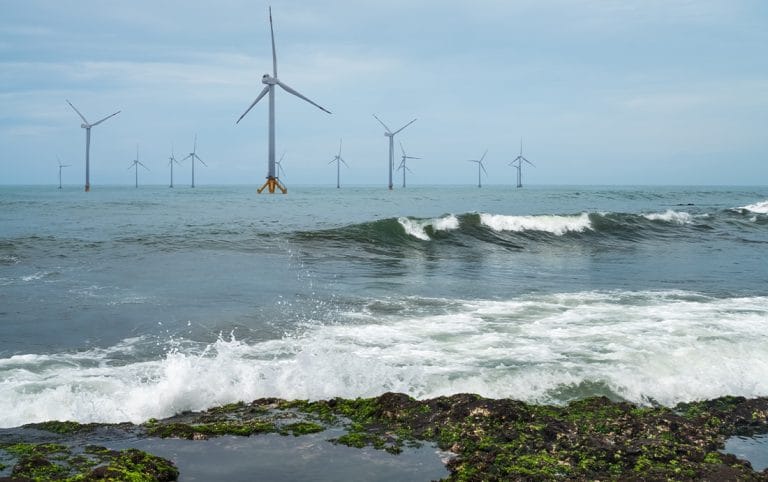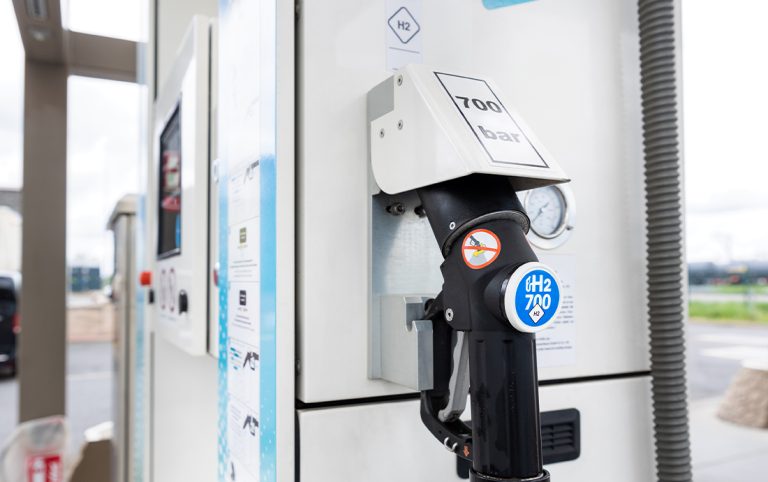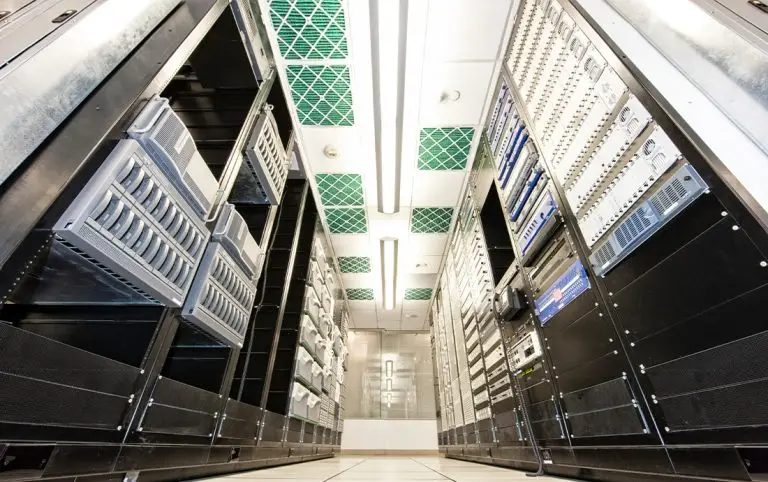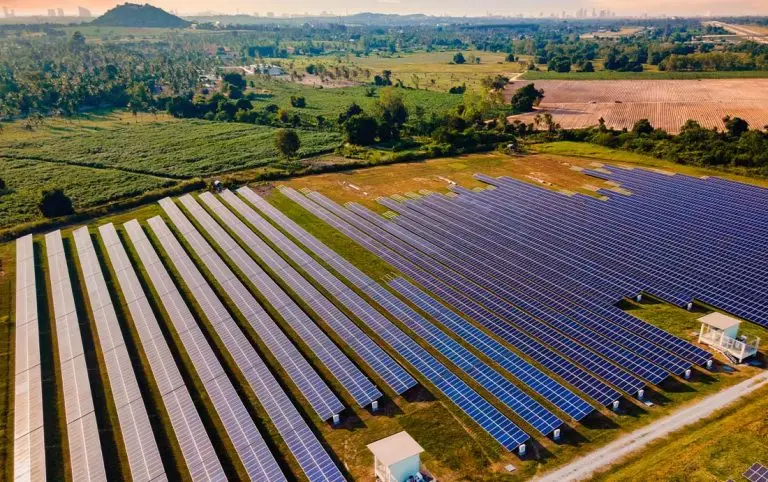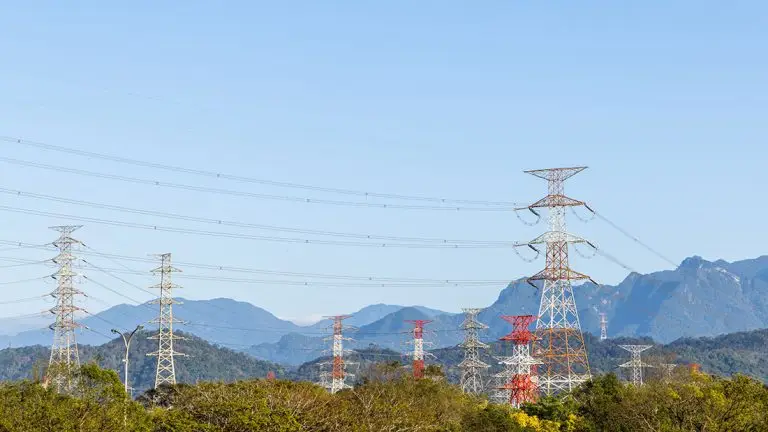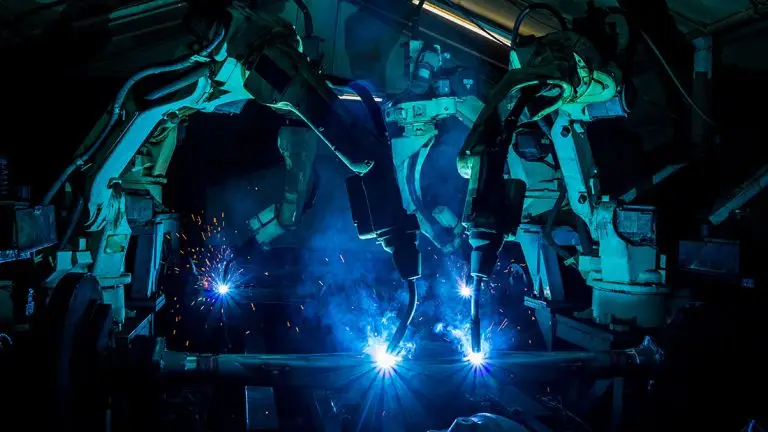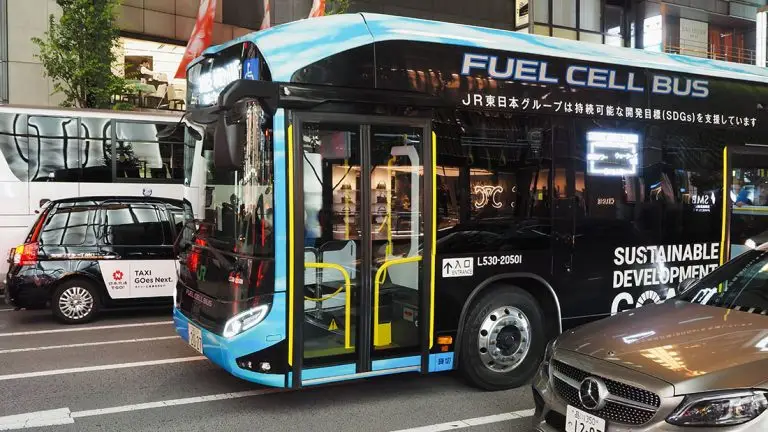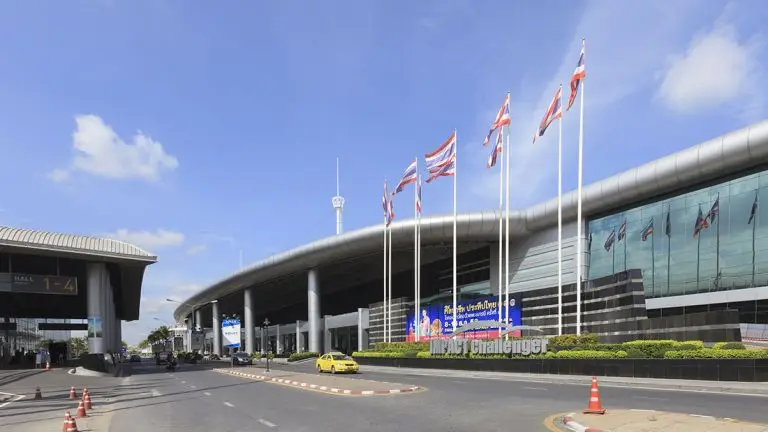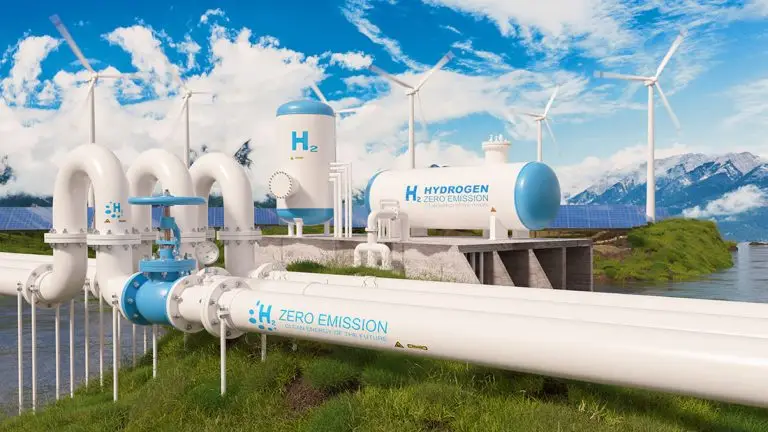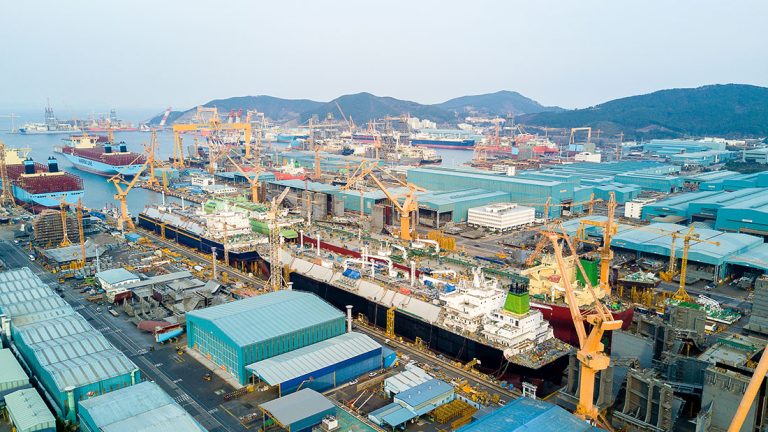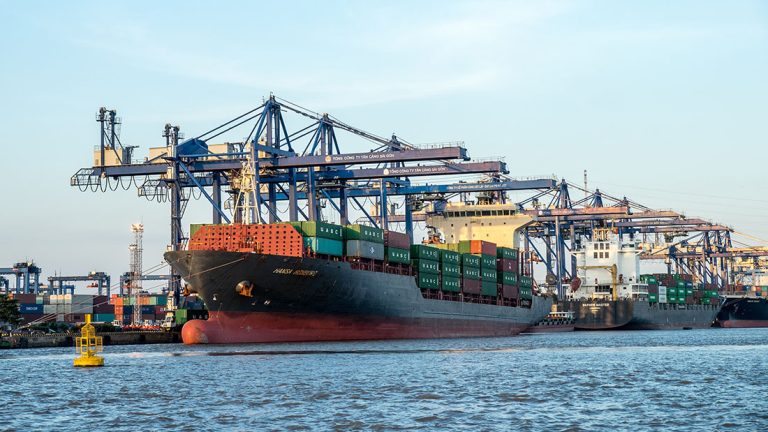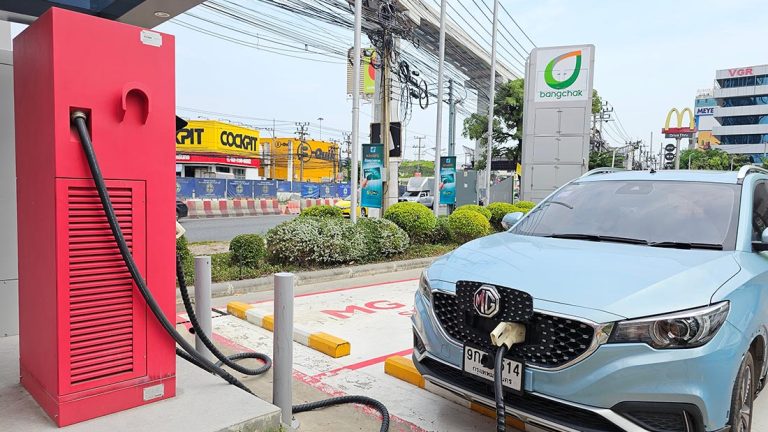- Foreign investment opportunities for electric mobility in India include electric vehicle manufacturing, infrastructure development and battery production, among others
- EV production in India could grow by upwards of 140 percent in 2025
- The Indian government wants to build EV capabilities and has introduced several support initiatives and programmes
Electric mobility is critical for India. First, the country has a Net Zero emissions by 2070 target in place and transitioning from ICE vehicles to electric ones will play a significant role in that. Second, the Indian automotive sector has become a key economic driver. Modernisation can ensure it remains a global leader. Asian Insiders India Partner, Priti Verma, explores how the situation is presenting opportunities to overseas enterprises.
Foreign investment is pouring into electric mobility in India due to the market’s massive long-term potential and government support. The Indian government announced it is targeting 30 percent of all passenger vehicles sold by 2030 to be electric. That equates to approximately 12-13 million EVs hitting the road by the end of the decade.
This is only one part of the equation. The government is aiming to have 70 percent of commercial vehicles and 80 percent of two and three-wheelers sold in the country be electric by 2030.
Unsurprisingly, EV production is projected to skyrocket. It could grow by as much as 140 percent this year. Approximately 300,000 vehicles will roll off assembly lines, accounting for close to six percent of India’s vehicle production. The total should increase in the coming years.
It comes at a time when EV sales are showing promising signs. In the 2020 financial year, a little more than 170,000 EVs were sold in the country. The figure rose to nearly two million during the 2025 financial year.
The electric two- and three-wheeler market is taking off as well. Several domestic manufacturers see these account for 70 percent or more of total sales.
Foreign investment opportunities related to electric mobility in India
There are several foreign investment opportunities related to electric mobility in India. Here is a brief overview of some of the most notable ones.
Manufacturing
Currently, there is a need to develop EV manufacturing capabilities and the supply chain supporting these efforts. This includes passenger vehicles, two- and three-wheelers, buses and commercial trucks.
The priorities here are improving range and affordability through new models as well as improving existing designs. Technology capable of reducing production costs is desirable as well.
Infrastructure
It is estimated that India requires around two million new charging stations over the next five years to support the anticipated growth in EVs. There is now a sense of urgency to scale the country’s charging infrastructure as well as develop technology-enabled solutions, such as subscriptions and hubs, capable of facilitating growth. Elsewhere, battery swap stations for two- and three-wheelers are a high-potential area.
Batteries
India is seeking to build domestic lithium-ion battery production capabilities in order to reduce reliance on imports. Opportunities here extend across the value chain with the government actively supporting the sector.
The fate of EV batteries after use is an area that still needs development. Only about five percent of lithium-ion batteries are currently recycled in India. Recycling and repurposing retired EV batteries will become robust industries moving forward.
Others
Demand for specialized EV service centres will likely grow alongside the sector. Opportunities for connected/autonomous electric mobility are now being explored.
Government support boosts industry
The Indian government is actively seeking to build EV capabilities and has rolled out a number of support initiatives and programmes to support this.
Faster Adoption and Manufacturing of Electric Vehicles (FAME) scheme – Launched in 2015 and expanded with FAME II in 2019, this has allowed for the electrification of public and shared transportation.
Production Linked Incentive (PLI) scheme – This was created to help transform India into a global hub for EV batteries. Approximately USD2.2 billion has been allocated under the programme since 2021. The focus has been on developing local manufacturing of lithium-ion batteries and other advanced battery technologies.
Import Duty Reduction – In 2024, the import duty on EVs priced above USD35,000 was reduced from 100 percent to 15 percent, provided local manufacturing conditions were met.
Customs Duty Exemptions (2025 Budget) – This exemption covers 35 capital goods considered essential for lithium-ion battery manufacturing.
National Electric Vehicle Policy (NEVP) – The policy contains set of guidelines for states to design their own EV-specific policies. This encourages states to provide financial incentives, tax exemptions and subsidies for EV buyers while creating a favourable ecosystem for EV manufacturers and other stakeholders.
About the Indian automotive market
Nearly USD40 million in foreign investment has poured into the Indian automotive sector over the past four years. It is now the world’s third-largest producer of vehicles and the industry accounts for more than seven percent of GDP and nearly half of manufacturing GDP.
Looking ahead, growth is expected to remain strong. Compound annual growth rate projections are 7-8 percent, and the market value is estimated to approach close to USD250 billion by 2033.
The focus is not solely on the domestic market. Automotive exports are expected to increase, with a government policy think tank noting these could triple by 2030, assuming structural reforms, strategic investments, and support policies are put in place.
Given the focus on digitisation and the transition to EVs, there is huge room for growth here as ICE vehicle production begins to decline. The country is already a proponent of foreign investment to assist with capability building and overseas firms will play a crucial role in these efforts.
It should also be noted that the country signed the Zero Emission Vehicles Declaration at COP26, which states it will work toward having all sales of new cars and vans be zero-emission by 2040. Opportunities in the development of hydrogen-powered vehicles and related infrastructure also exist.
There is a wealth of foreign investment opportunities for electric mobility in India at present. Entities that have the innovations, knowledge or skills required to support the sector’s growth should explore market entry while conditions are favourable.
Considering entering the Indian electric mobility market? Please contact Jari Hietala, Managing Partner: jari.hietala(at)asianinsiders.com or Priti Verma, India Partner: priti.verma(at)asianinsiders.com
